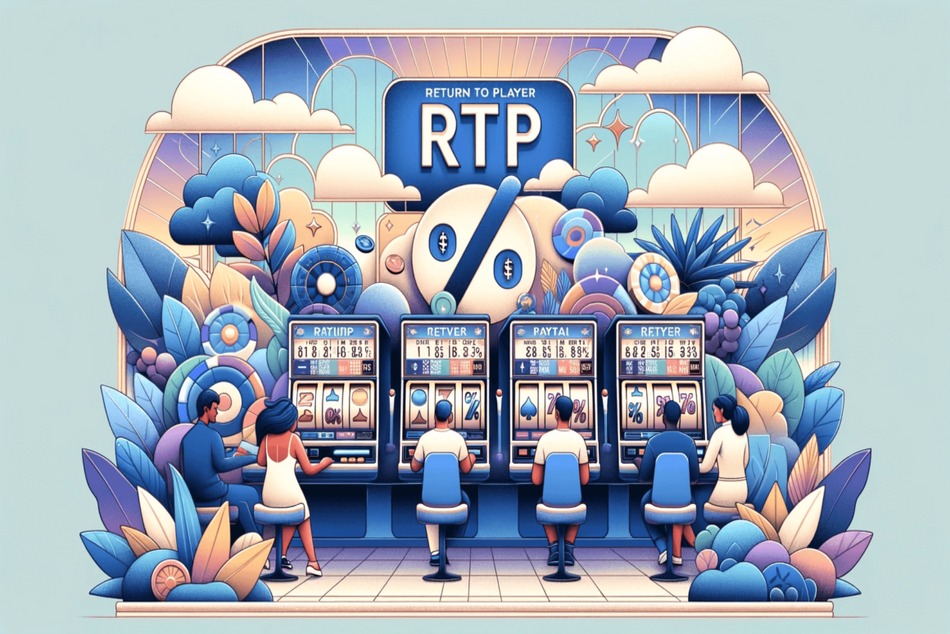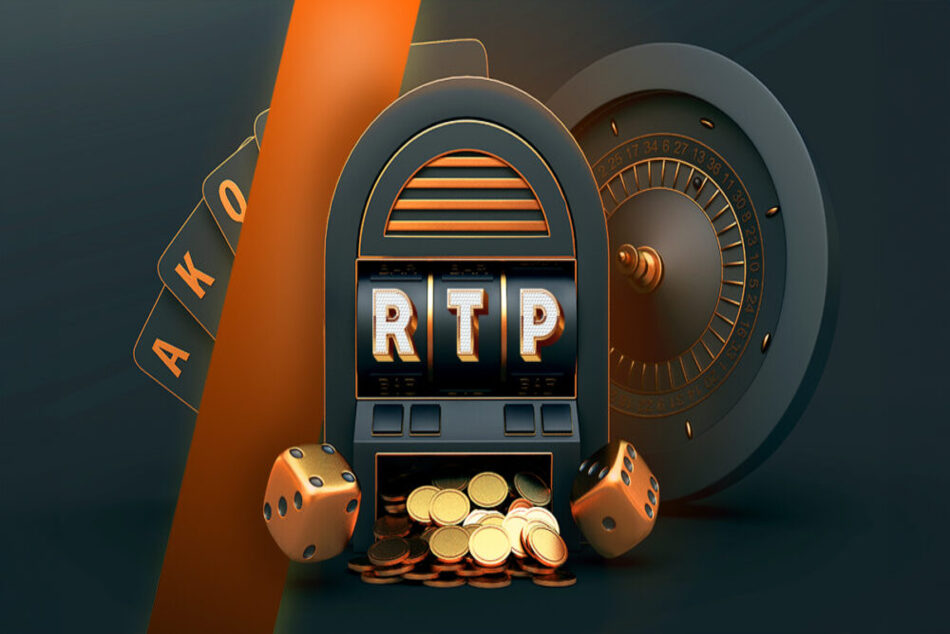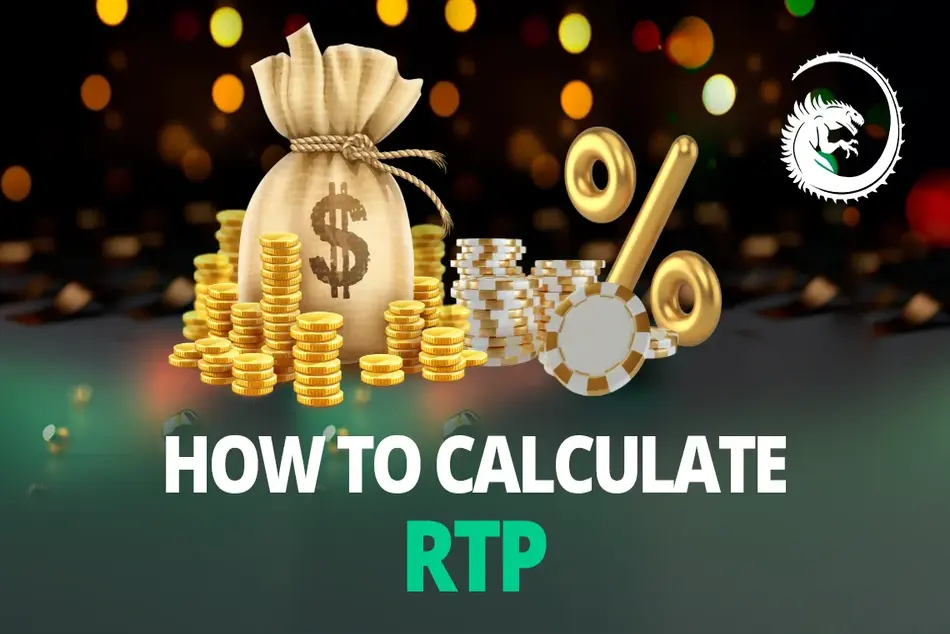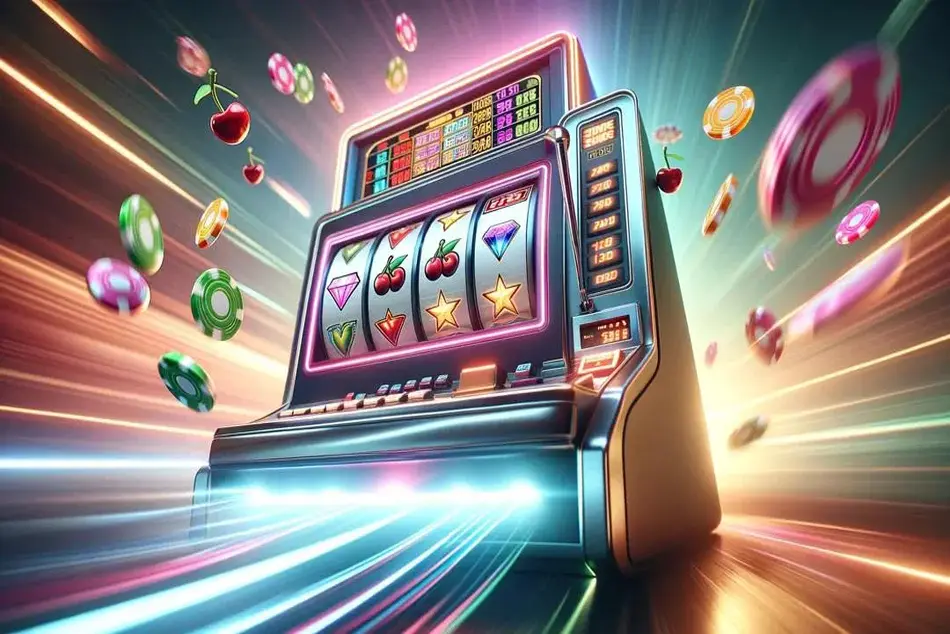How Slot RTP (Return to Player) Affects Your Chances of Winning

The concept of RTP, or “Return to Player,” is one of the most crucial factors when considering your potential winnings in online slot games. Whether you’re a casual player or a seasoned veteran, understanding RTP can dramatically influence your choice of game and help set realistic expectations for your outcomes. While luck undoubtedly plays a big role in slot gaming, RTP provides a clear mathematical indicator of a game’s overall payout potential over time.
In this review, we will explore the intricacies of RTP, how it affects your chances of winning, and what it means for your slot-playing strategy.
What is RTP?
RTP stands for “Return to Player” and is expressed as a percentage. It represents the amount of money a slot machine will return to players over an extended period of gameplay. For example, if a slot has an RTP of 96%, it means that, on average, for every $100 wagered, $96 is paid back to players, while the remaining $4 is kept by the casino as profit. Whether you prefer classic fruit machines or more adventurous slot themes like mythology or pop culture, understanding RTP can help you make smarter choices about which games to play.
It’s important to note that RTP does not guarantee specific results for individual gaming sessions. Rather, it is calculated over thousands, if not millions, of spins, so short-term results can vary widely from the RTP. Still, RTP remains an essential metric for players who want to make informed decisions about which slot themes or types of games to explore.
How RTP Affects Your Chances of Winning

While the RTP figure does not directly determine how much you will win in a single session, it does provide valuable insight into the potential profitability of a slot game over time. A higher RTP indicates a greater likelihood of long-term returns, while a lower RTP suggests more significant risk and less favorable returns. Key Points to Consider:
- High RTP Slots: These slots typically have RTP percentages of 96% or higher. Games like Starburst by NetEnt (96.09%) and Blood Suckers (98%) are well-known examples. Players are more likely to experience steadier, smaller wins over time with these games. Lucky 88 also fits into this category, offering players a respectable RTP that makes it a popular choice for those seeking consistent returns while still enjoying the exciting bonus features.
- Low RTP Slots: These slots often have RTPs below 95%. While games with lower RTPs may offer larger payouts, they tend to be less frequent. For example, Mega Moolah by Microgaming has an RTP of around 88%, but it’s known for its massive progressive jackpots.
| Slot Game | RTP (%) | Type | Popularity Level |
|---|---|---|---|
| Starburst | 96.09 | High RTP | High |
| Blood Suckers | 98 | High RTP | Moderate |
| Mega Moolah | 88 | Low RTP | High |
| Book of Dead | 96.21 | Medium RTP | High |
| Bonanza Megaways | 96 | Medium RTP | High |
The RTP percentage gives you an idea of how a game is structured mathematically, and while it may not directly impact the outcome of a short session, it does influence the longer-term likelihood of success.
Volatility and RTP: How They Interact
While RTP gives you a good overview of a slot’s theoretical return, it’s also essential to understand another key factor—volatility. Volatility refers to the risk level associated with a particular slot. Essentially, it determines the frequency and size of payouts.
- High Volatility Slots: These slots tend to pay out less frequently but in larger sums when they do. Examples include Dead or Alive 2 (RTP 96.8%) and Immortal Romance (RTP 96.86%). Players chasing big wins often prefer high-volatility slots, but they also need to be prepared for dry spells.
- Low Volatility Slots: These slots offer more frequent payouts, but the amounts tend to be smaller. Games like Blood Suckers or Thunderstruck II fall into this category. These slots are excellent for players looking for steady, small wins rather than jackpot-style payouts.
Thus, even if a slot has a high RTP, the volatility level will influence how often you win and how significant those wins are.
Is Higher Always Better?
A common question among slot players is whether a higher RTP always guarantees better results. The short answer is yes and no. While higher RTP slots mathematically offer better returns over time, they don’t necessarily make the game more exciting or increase your chances of hitting a jackpot in the short term. Let’s break this down further.
- Player Experience: High RTP slots often provide a more stable gaming experience, which is ideal for players with smaller bankrolls who prefer consistency over large, rare wins.
- Jackpot Potential: Lower RTP slots, especially progressive jackpots, are designed to offer potentially life-changing sums. However, the lower RTP reflects the fact that a significant portion of the wagers is directed toward the jackpot pool rather than regular payouts.
In short, while higher RTP may seem more appealing on paper, it’s vital to align your slot choice with your gaming preferences and risk tolerance.
How RTP is Calculated

Casinos and slot developers don’t just pick RTP percentages randomly. These figures are the result of complex algorithms and extensive testing. The RNG (Random Number Generator) software controls the results of each spin, ensuring that all outcomes are entirely random and fair.
Over thousands of spins, the RTP percentage reflects the balance between money wagered and money paid back to players. Slot developers must ensure that games adhere to the advertised RTP through rigorous testing before a game is released. Regulatory bodies in different regions, such as the UK Gambling Commission or the Malta Gaming Authority, often require proof that the game’s RTP is accurate.
RTP and House Edge
One of the critical reasons players are interested in RTP is its inverse relationship to the house edge. The house edge refers to the percentage of each wager that the casino expects to keep over the long term. If a game has an RTP of 96%, the house edge is 4%. Knowing this figure can help players make more informed decisions about where to place their bets. Example:
- A slot with an RTP of 98% gives the house a 2% edge, meaning that the player has a higher chance of long-term returns.
- Conversely, a slot with an RTP of 90% gives the house a 10% edge, reducing the player’s chances of winning over time.
Conclusion: How Should RTP Impact Your Slot Choice?

Understanding RTP is essential for making informed choices when playing slots, but it’s not the only factor you should consider. RTP should be looked at alongside volatility, gameplay mechanics, and your personal preferences as a player.
If you’re looking for a steady and consistent gaming experience, high RTP slots are generally the best option. These games tend to deliver frequent, smaller wins that help you stay in the game longer. On the other hand, if you’re after big, adrenaline-fueled jackpots, you may want to try your luck with lower RTP, high-volatility slots—just be prepared for less frequent payouts.